How to Build a Profitable Career as a Professional Organizer
To quote one of the other reviews, “it will save you money because you won’t need any other books about professional organizing!”
You also won’t need any other books about being in business, or doing your accounting, or managing your time, or…
This is a great book. It is completely thorough. The author addresses every question one could have in detail.
I am giving this book four stars because there is, simply, too much material. In order to fit into its 304 pages, the book designer went to very narrow margins, small type, and even smaller type for “pull outs”–stories and quotations. I can only read a few pages at a time before my eyes rebel. I am accustomed to being able to read hundreds of pages at at time in well-designed books, so this beef is very specific to the design of this edition.
There is a LOT of content in Organizing for a Living, and it is all well-written, and it is all tailored to the organizing profession specifically. I simply wish I could read it easily.
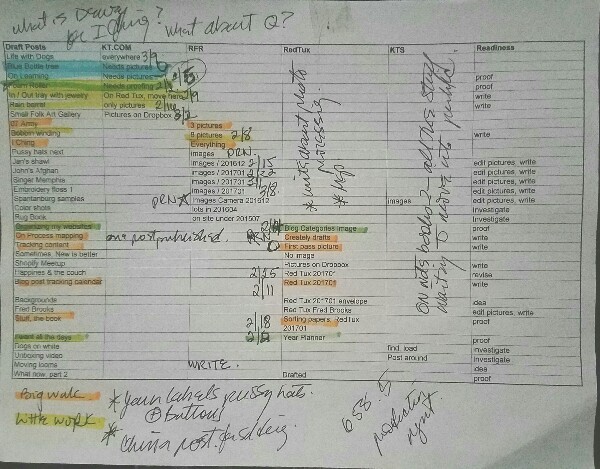
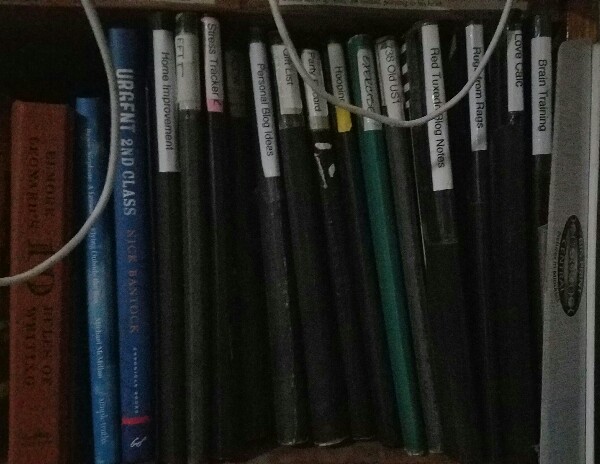
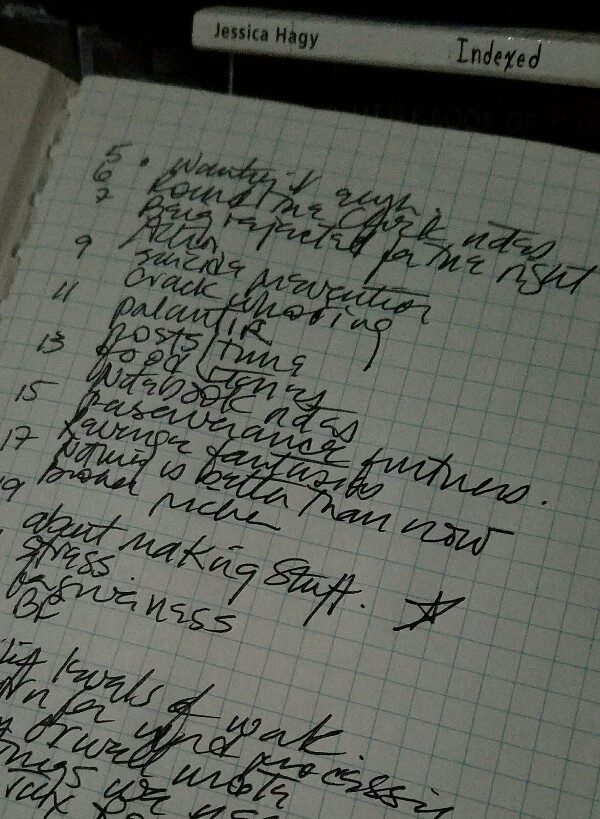
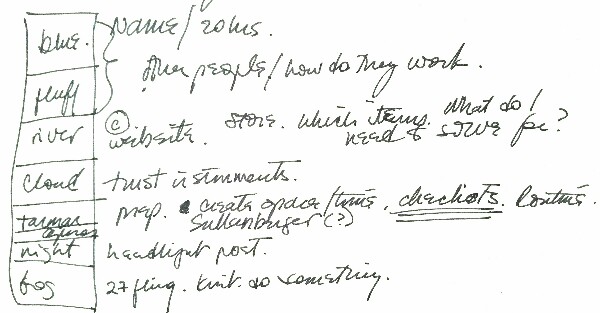
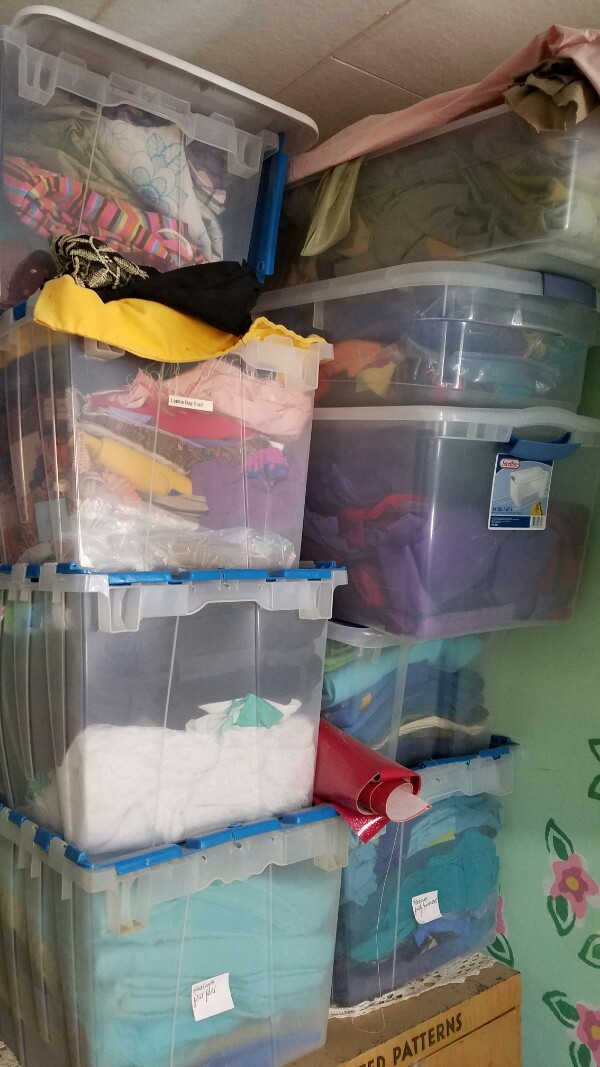







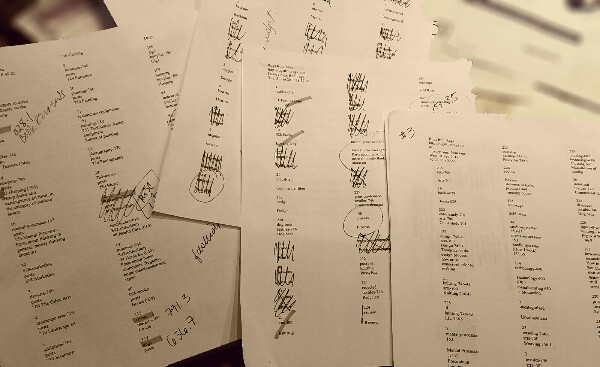
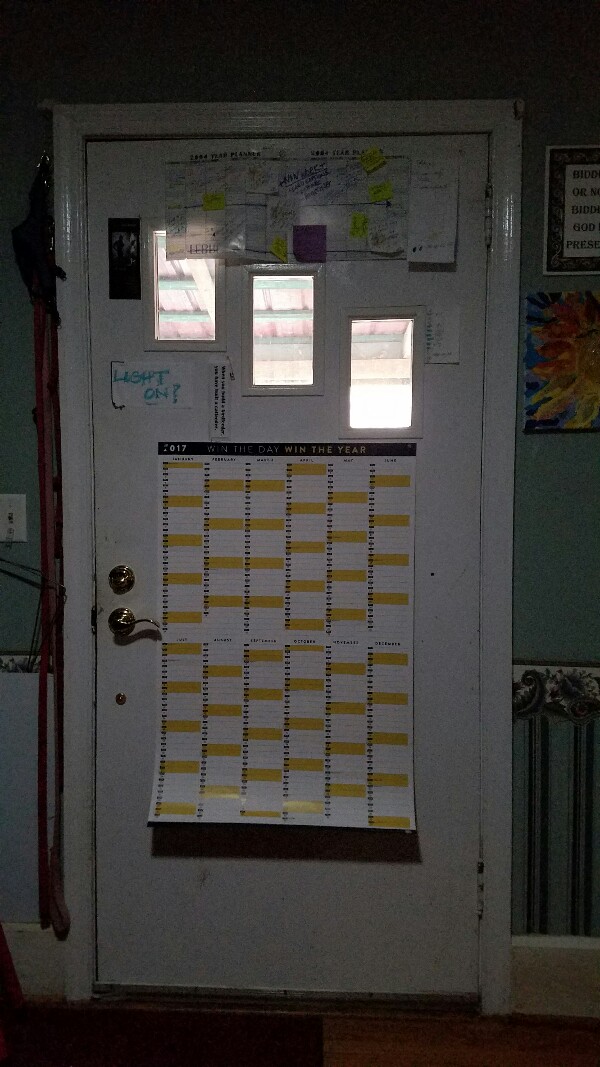
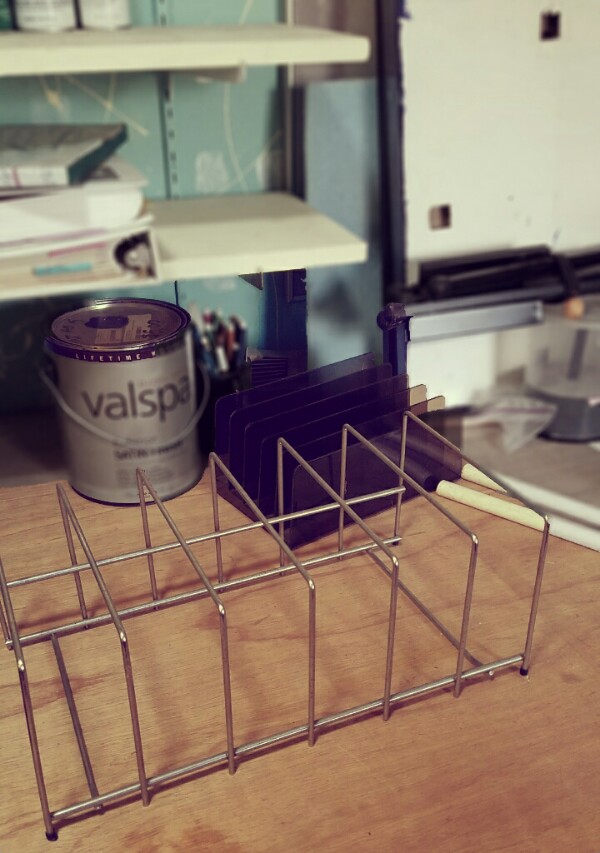
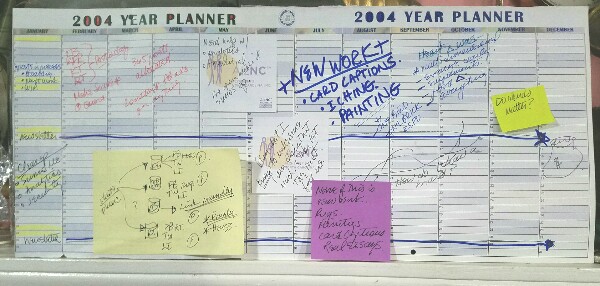
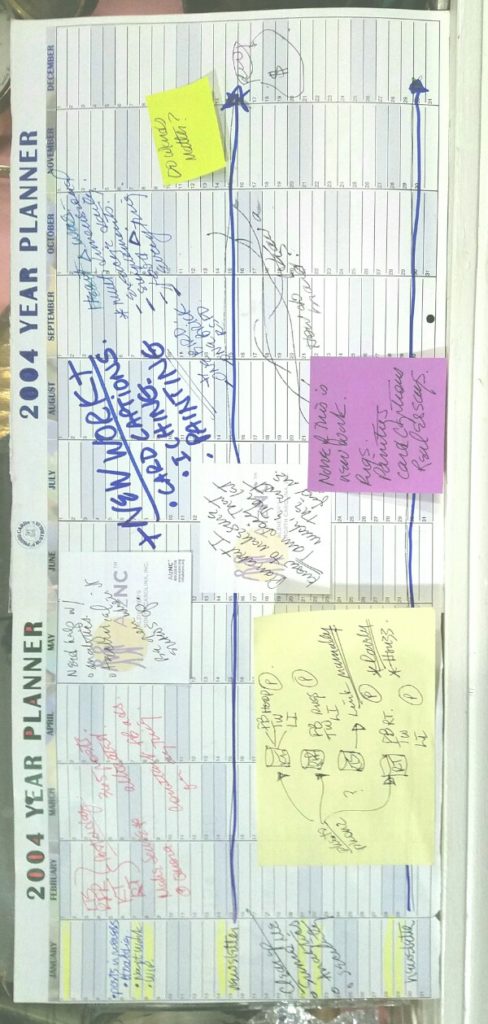



Follow Us!